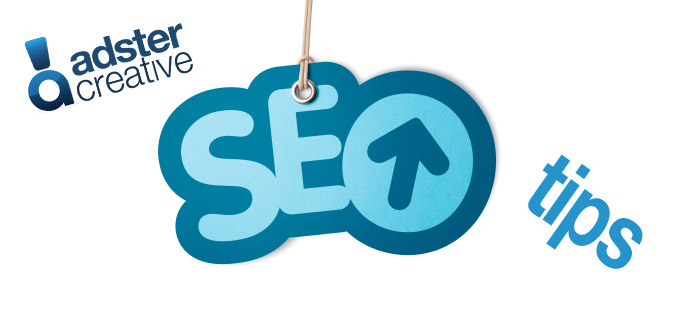Never Pass Up a Keyword Opportunity
If you’ve been following the Adster blog – and why wouldn’t you?? It’s chockablock full of all kinds of goodies and insights – you’ll have read my editions on using keywords in headings and content in web pages. But there are some other spots in your web site too, that are just itchin’ for a few well-chosen keywords. While this isn’t exactly about content creation per se (which, as a writer, is the topic closest to my heart), let’s have a look at the other spots where keywords can be inserted. Important stuff, if you want to be discovered in that big ole world out there. Here we go…
1. Anchor Text (Be Careful with this one)
- Anchor text is a fancy name for links, those used-to-always-be-underlined phrases that the user clicks to go to another web page. Most search engines consider anchor text in page rankings, so instead of using some generic phrase such as “Click here” or “Next”, use your anchor text as another place to use your keywords. Just make sure the navigation remains clear too.
2. Anchor Title
- Optionally, you can add an anchor title to your anchor text too. Anchor title text will show up in a bubble when the viewer hovers over the link, and is another good spot for keywords. Make your anchor title relevant to the anchor text, though; don’t just throw in a keyword mishmash.
3. Alt Tagged Images
- Like the anchor title, you can optionally add the alt image tag to an image. When the viewer hovers the mouse over an image on your page, the balloon text will appear. Alt image text provides you with another opportunity to use keywords. Just remember to make the text descriptive and appropriate to the image.
4. Meta Description and Keyword Tags
- The story on Meta description and keyword tags is that they just don’t hold the search power they used to; however, they’re not completely dead yet. And, in any case, it doesn’t hurt anything or anybody to include Meta tags on your pages. A few things to keep in mind: Google doesn’t use Meta keyword tags any more in ranking pages, but apparently Yahoo does. And, while using the Meta description tag won’t boost your search engine results in Google, the description will be used in the search engine results pages to describe your page (commonly known as “flavour text”). This is something that real humans will read when they’re deciding which results to visit, so best to include a well-written meta description tag with each web page on your site – make ‘em all a little different too, and include your keywords.
5. Page Title
- Not to be confused with the headings in your web page content, the HTML Title tag is an important one. For “real people”, the title tag is used to name the page and appears in three important places: at the top of the web browser, in bookmark links, and to entitle your page in the search engine results pages. Google finds title tags “extremely important”, especially for the home page. Research reveals that improper use of titles is an important factor in keeping pages out of top rankings on Google. Each web page in your site should have a unique page title tag. A couple of tips: the character count should be limited to 60 or so, and keywords should appear at the beginning of the title.
6. Page Addresses (URLs)
- You’ve got your domain name right, something catchy and appropriate like www.pamelasperfectpoodles.com. Obviously, your domain stays the same always, but as viewers are clicking on links, they will be directed to pages and subfolders within the site; each of these pages and folders will have their own unique page address or URL. Naming these puppies is another opportunity to use keywords. For example, www.pamelasperfectpoodles.com/poodlegrooming or www.pamelasperfectpoodles/poodlebreeds/miniaturepoodles. You get the idea. Use the opportunity to embed keywords in your URLs
